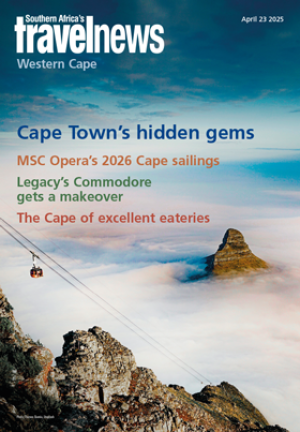Last year, Antarctica received more than 100 000 global tourists for the first time – and it expects to receive even more in 2024.
According to data from the International Association of Antarctica Tour Operators (IAATO), it received 32 730 cruise-only visitors, 71 346 landed visitors and 821 deep-field visitors, a total of 104 897 visitors.
Compared with 2019, there was a 77% increase in cruise-only visitors, a 29% increase in landed visitors, a 12% increase in deep-field visitors and a 41% increase in total visits in 2023.
IAATO is responsible for the policy-making and regulation that ensure tourism is practised in an environmentally responsible way that promotes the protection of Antarctica and its unique ecosystem.
Since 2009, concerns about the impact of tourism on the environment have been a recurring topic among the continent’s annual Committee for Environmental Protection.
During its 2023 meeting, cruise and tour operator representatives, along with committee executives, proposed the introduction of 17 new site guidelines and enhanced geofenced time areas. in the Gerlache Strait and South Shetland Islands to help protect whale-rich waters.
These geofences are no-go zones with invisible borders that are put in place during certain times of the year to prevent people, ships and other vehicles passing through specific areas where wildlife may be disturbed.
According to thenationalnews.com, IAATO believes it is unlikely the increased tourist visits to Antarctica will negatively impact the continent’s natural environment as its strict protection protocols and regulations will ensure conscious practices. All tourism operations are subject to an environmental impact assessment, but the Antarctic and Southern Ocean Coalition, a conservation-focused NGO, fears the measures adopted by tour operators and cruise lines may not be enough.
“In the absence of a comprehensive plan for managing tourism and tourist activities, adding new trips, inland activities and off-the-beaten-path excursions in Antarctica is a risky trend,” says Claire Christian, the NGO’s Executive Director.
“Ideally, any expansion in the areas that tourists visit or diversification of activities that tourists participate in should only take place as part of a management plan that has fully considered whether these activities are consistent with the environmental protection goals of the Environment Protocol. However, right now, there is no such plan.”
As the demand for extraordinary polar excursions grows, the risk to the destination grows.
The National News points out that, despite extensive regulations, the human element is often difficult to control, so ensuring adherence is challenging.
As a pre-emptive measure, IAATO’s newly published measures encompass everything from not touching wildlife to responsibly discarding rubbish and being aware of protected areas.
While tour operator membership with IAATO is not compulsory, and when tourism visiting numbers rise, it is not clear how these non-member organisations will be regulated.















